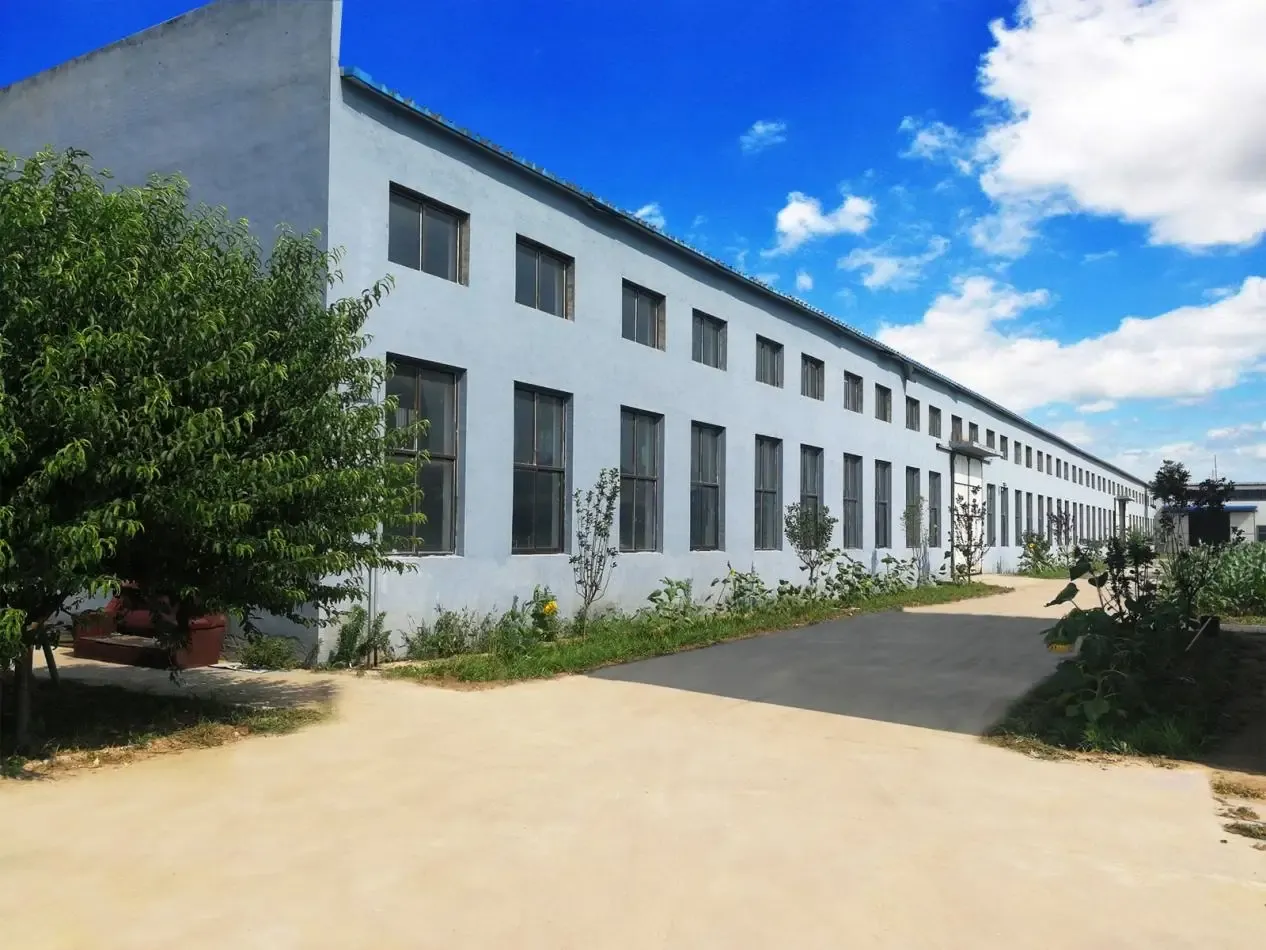Dec . 03, 2024 13:20 Back to list
cable wire manufacture
Understanding Cable and Wire Manufacturing An Essential Industry
Cable and wire manufacturing is an essential sector of the economy, providing the fundamental components necessary for a myriad of industries. From the automotive and construction sectors to telecommunications and energy distribution, the demand for robust, reliable cables and wires continues to grow. This article delves into the complexities of cable and wire manufacturing, the materials involved, production processes, and the global market trends that shape the industry.
Materials Used in Cable and Wire Manufacturing
The foundation of any cable or wire product lies in the materials used. The primary materials include copper, aluminum, and various polymers. Copper remains the most widely used conductor due to its excellent electrical conductivity, resistance to corrosion, and durability. Aluminum, while not as conductive as copper, is lighter and often used in overhead power lines due to its strength-to-weight ratio.
Insulation materials are equally critical in cable manufacturing. Polyvinyl chloride (PVC) is commonly used for its versatility and cost-effectiveness, but other materials like polyethylene (PE) and ethylene-propylene rubber (EPR) may be employed for high-temperature applications or where enhanced flexibility is required. The choice of materials directly impacts the performance characteristics of the end product, such as durability, heat resistance, and environmental compatibility.
The Manufacturing Process
The manufacturing process of cables and wires involves several stages, including drawing, coating, and assembly. It starts with the drawing process, where metal rods are pulled through a series of dies to reduce their diameter, creating fine wires. Next, the wire may undergo a process known as annealing, which involves heating the wire to soften it and improve its ductility, making it easier to work with.
Once the wire is prepared, the next step is coating or insulating. This involves applying a layer of plastic or other insulating material to prevent electrical leakage and protect the wire from environmental factors. The final phase of manufacturing is assembly, which combines multiple wires and cables for specific applications, such as power cables, data transmission lines, or specialized industrial equipment.
cable wire manufacture

Quality Control and Standards
Quality control is paramount in cable and wire manufacturing. Manufacturers must comply with various international and national standards to ensure safety and performance. Regulatory bodies like the International Electrotechnical Commission (IEC) and the American National Standards Institute (ANSI) set guidelines for testing materials, electrical performance, and safety. Rigorous testing methods, including tensile strength tests, insulation resistance tests, and fire resistance evaluations, are employed to meet these standards.
Market Trends and Future Outlook
The global cable and wire market is experiencing significant growth, driven by increasing demand for energy-efficient and smart technologies. The rise in renewable energy sources, such as wind and solar, has further fueled the need for high-quality cables designed for specific applications. Moreover, the rapid expansion of telecommunications networks and the shift towards 5G technology have created new opportunities for cable manufacturers to innovate and diversify their product lines.
Sustainability is another key trend in the industry. Manufacturers are increasingly focusing on developing eco-friendly materials and recycling processes to minimize environmental impact. For instance, there is a growing interest in using recyclable insulation materials and producing cables that meet stringent environmental standards.
Conclusion
In conclusion, cable and wire manufacturing is a crucial industry that underpins the functioning of modern society. The intricate processes involved, coupled with the diverse applications of cables and wires, highlight the industry's significance. As technological advancements continue to evolve and environmental concerns gain more attention, the cable and wire manufacturing sector will undoubtedly adapt and innovate in response to these challenges. The future of this industry looks promising, driven by sustainability and the need for modern infrastructure development across the globe. As consumers and industries become more reliant on advanced electrical connectivity, the manufacturers are poised to meet these challenges head-on, ensuring that the cables and wires of tomorrow are efficient, reliable, and eco-friendly.
Share